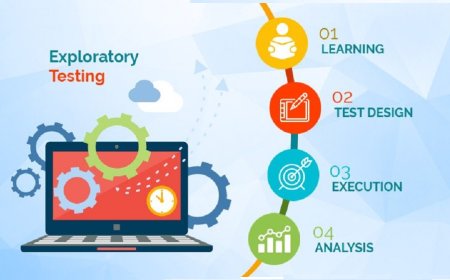What Radiology Tells You in a Full Body Checkup

Radiology plays a vital role in any comprehensive full body checkup. It uses advanced imaging technologies like X-rays, ultrasounds, CT scans, and MRIs to reveal whats going on inside your body without any surgical procedures. When included as part of a full body checkup, radiology helps detect hidden diseases, monitor ongoing health issues, and confirm the overall well-being of your internal organs.
A full body checkup isnt just about blood tests or physical examinations. Radiological evaluations provide a deeper lookhelping healthcare professionals examine areas that cannot be assessed externally. This includes insights into the brain, lungs, liver, kidneys, spine, and bones. Many diseases start silently, without symptoms, and radiology is one of the best tools to catch them early.
During a full body checkup, the most commonly used imaging methods are X-rays and ultrasounds. A chest X-ray, for instance, can reveal infections like tuberculosis or pneumonia and detect long-term issues like lung fibrosis or tumors. Abdominal ultrasounds help assess the liver, gallbladder, pancreas, and kidneys. These are routine yet powerful tools in any full body checkup because they are quick, non-invasive, and highly informative.
CT (Computed Tomography) and MRI (Magnetic Resonance Imaging) scans are more advanced imaging modalities that are sometimes part of a high-end full body checkup. A CT scan offers a cross-sectional view of the body, which is useful in detecting conditions such as tumors, internal injuries, or vascular abnormalities. Meanwhile, MRIs provide even more detailed images, especially of soft tissues like the brain, spinal cord, and joints. In many cases, an MRI in a full body checkup can detect issues that wouldnt be visible on an X-ray or CT scan.
One of the major benefits of radiology in a full body checkup is early detection. For instance, small tumors or cysts in organs like the liver, kidneys, or ovaries may not cause symptoms initially but could be discovered through ultrasound or CT imaging. Identifying these abnormalities early allows timely intervention and can make a significant difference in outcomes. This proactive approach is one of the key reasons people opt for a full body checkup with radiology.
Bone health is another important aspect evaluated through radiology during a full body checkup. A simple X-ray can detect bone density loss, fractures, or early signs of arthritis. Advanced scans can even help identify osteoporosis before it becomes severe. For older adults or individuals with a history of joint pain, radiological imaging is a crucial component of their routine full body checkup.
Moreover, radiological tools also assess cardiovascular health. Some full body checkup packages include echocardiography or CT angiography to evaluate the hearts structure and detect blockages in coronary arteries. These imaging tests are invaluable for individuals with a family history of heart disease or those who experience symptoms like chest pain or breathlessness.
Its important to understand that while radiology is immensely helpful, it is not used indiscriminately in every full body checkup. The selection of imaging tests depends on factors like age, gender, family history, lifestyle, and known risk factors. For example, a middle-aged person with a history of smoking might undergo a low-dose CT scan of the chest to screen for lung abnormalities during a full body checkup.
Another consideration is safety. Radiological imaging, particularly X-rays and CT scans, involves exposure to radiation. While modern machines use minimal doses, it is still essential to ensure that these scans are recommended only when necessary. A balanced full body checkup focuses on getting maximum insight while keeping patient safety a priority.
Incorporating radiology into a full body checkup also supports better follow-up care. If any irregularities are detected, doctors can compare future scans with the original imaging to track changes over time. This helps in assessing how well a treatment is working or whether a condition is progressing.
In conclusion, radiology enhances the accuracy and value of a full body checkup. It provides a clear and detailed picture of whats happening inside your bodyoften before symptoms develop. By integrating X-rays, ultrasounds, CT scans, and MRIs, a full body checkup becomes a comprehensive health evaluation tool that empowers individuals to take control of their well-being. With the right balance of imaging and clinical judgment, radiology helps ensure that no hidden health issues go undetected during a full body checkup.
































